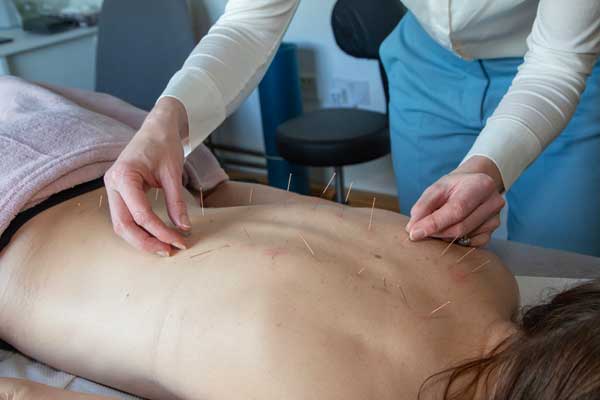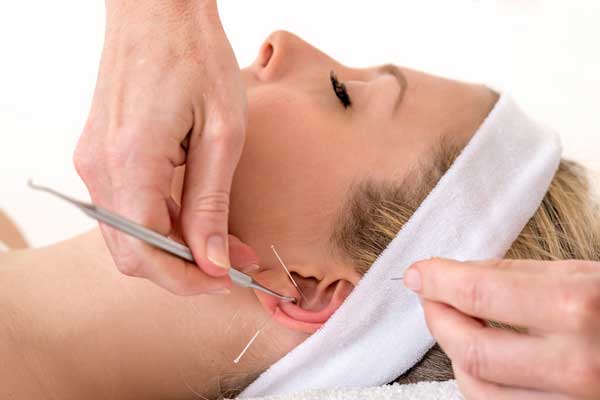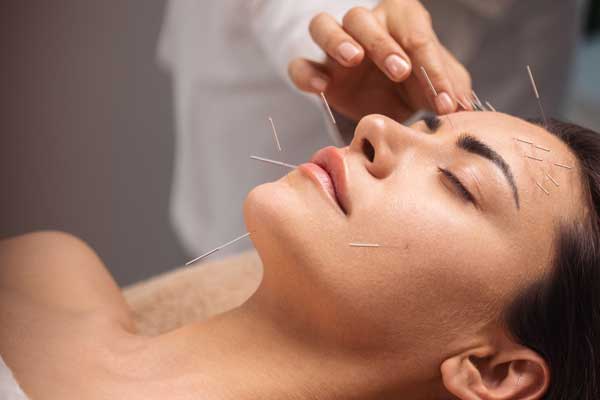Acupuncture
The popularity of acupuncture has surged, thanks to increased public exposure and its adoption by both Western and Oriental physicians in mainstream healthcare. This traditional Chinese medical system, with a history spanning millennia, treats not only isolated symptoms but addresses the entire body through a comprehensive diagnosis based on the “pattern of disharmony.”
Acupuncture’s benefits extend far and wide. Western scientists propose that acupuncture stimulates the central nervous system, prompting the release of various substances like endorphins, immune system cells, opioids, neurotransmitters, and neurohormones. These bioactive compounds play a role in pain control, altering the body’s pain perception, and fostering overall physical and emotional well-being. Research suggests that acupuncture also influences involuntary central nervous functions, such as blood pressure, blood flow, and body temperature regulation.
In recent years, Western medicine has increasingly recognized acupuncture, especially as a potential treatment for inflammation. One technique involves mechanically stimulating acupoints on the body’s surface, triggering nerve signaling that impacts the function of organs. Harvard University researchers found in a 2014 study that electroacupuncture could mitigate inflammation in mice by activating the vagal-adrenal axis, leading to the release of dopamine. A subsequent study in 2020 by Ma and his team revealed that this electroacupuncture effect is region-specific.
Acupuncture, an integral part of traditional Chinese medicine practiced for centuries, employs the insertion of thin needles into specific points on the body to stimulate natural healing processes. This integrative medicine aims to restore and maintain health by addressing imbalances within the body, which are thought to obstruct the flow of qi—an essential energy regulating physical, emotional, and mental balance. By inserting needles at specific points connected to these pathways, acupuncture is believed to unblock qi flow, promoting health in both body and mind.
Traditional Acupuncture

Traditional acupuncture, rooted in ancient Chinese medicine, involves the insertion of thin needles into specific points on the body to balance the flow of Qi, an essential energy believed to regulate physical, emotional, and mental well-being.
Electrocupuncture

Electroacupuncture is a modern variation of acupuncture that uses electricity to enhance the benefits of this traditional therapeutic treatment. It involves placing needles in the same points as traditional acupuncture, and then attaching a small electrode to the needles. A small amount of electricity runs through the electrodes ensuring you get the right amount of stimulation during your whole treatment.
Auricular Acupuncture

Auricular acupuncture, a specialized form of acupuncture, involves stimulating specific points on the external ear to promote healing and alleviate various physical, mental, and emotional conditions.
Facial Rejuvenation Acupuncture

Facial rejuvenation acupuncture is a non-surgical cosmetic procedure rooted in traditional Chinese medicine. Thin needles are strategically inserted into specific facial and body points, aiming to stimulate collagen production, improve muscle tone, and enhance overall skin health.
When can acupuncture be used?
The World Health Organisation (WHO) has approved acupuncture for several conditions, including:
- Pain and inflammation
- Back, hip, shoulder and knee pain
- Sciatica and nerve pain
- Migraine and headaches
- Sinus congestion, chest infections and asthma
- Heart disease, hypertension and stroke
- Stomach and bowel issues
- Kidney and bladder problems
- Heavy and painful periods
- Fertility issues
- Fatigue and low energy
- Stress, anxiety and depression
- Sleep problems
More information
Acupuncture is one of the safest medical treatments, both conventional and complementary available.
In general, acupuncture is very safe when done by a licensed Acupuncturist.
As a member of the Acupuncture Council of Ireland this ensures that I am a Licenced Acupuncturist with a high standard of training adhering to the council’s guidelines. I am also required to submit Continuous Professional Development points annually to the board.
I use only the highest quality needles that are pre-sterilized, prepackaged, and disposable. Each needle is used once and then deposited in a biohazard container, which ensures safe disposal.

